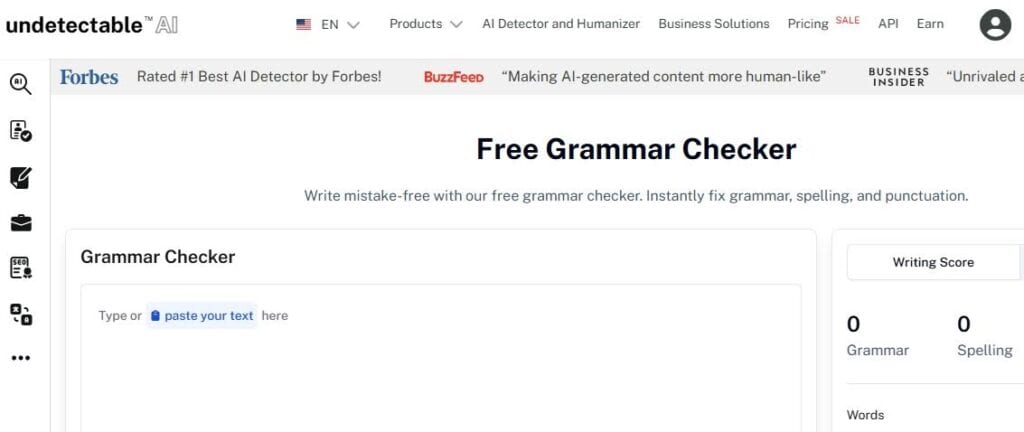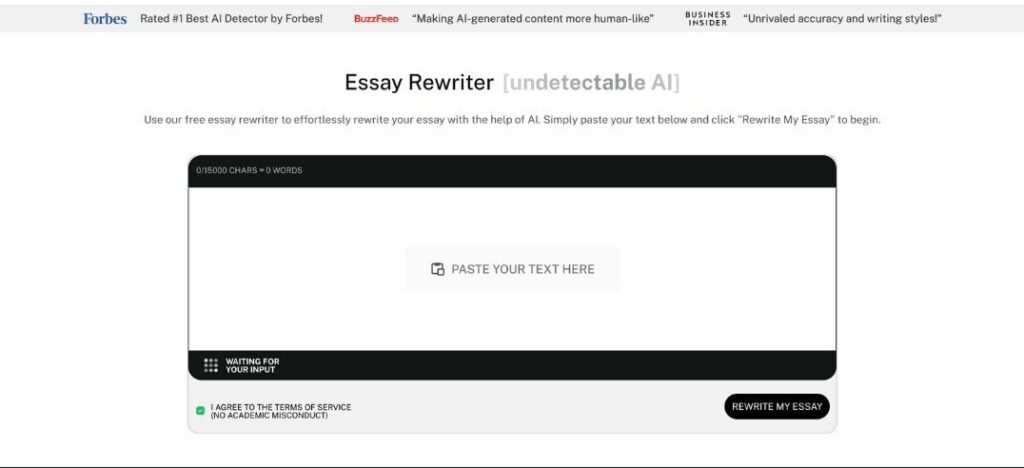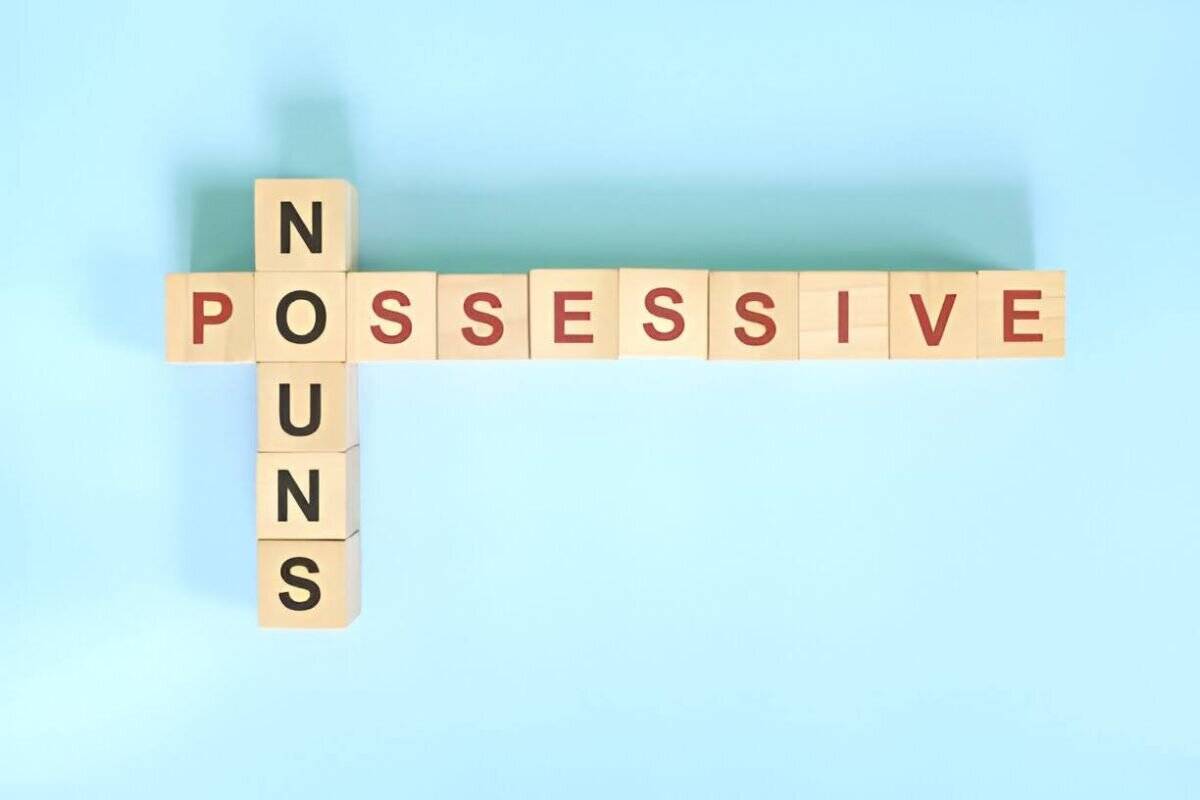As humans, we possess objects, things, pets, and more in our lives that we want to show ownership of.
Demonstrating ownership will make your personal property stand out amidst that of other individuals.
Now the question is, how do you do this? The solution is with possessive nouns.
These nouns constitute an imperative aspect of nouns which are rarely discussed in popular speech, even though they perform a monumental identifying role in your daily speech.
Further, we will acquaint you with what possessive nouns are, possessive noun examples, and how you can use them better.
Key Takeaways
- A possessive noun indicates possession or relationship to something.
- A possessive noun used in the singular form will always need an apostrophe + s (‘s), no matter the ending of the word.
- Plural possessive nouns that end in -s only require an apostrophe (‘). Meanwhile, irregular plurals require apostrophe + s (‘s).
- Contractions are abbreviated words, whereas possessive nouns are not contractions.
Definition of a Possessive Noun
A possessive noun is an irregular or non-standard form of a noun that has been modified to show possession or ownership, or other association with another noun.
In addition, the character of possessive nouns is to define a certain relationship between two things:
- The possessor (the noun that owns or is related to something) and
- The possessed (what is owned or associated).
Thus, the use of possessive nouns simplifies the use of longer prepositional phrases to make a sentence shorter and to the point.


Never Worry About AI Detecting Your Texts Again. Undetectable AI Can Help You:
- Make your AI assisted writing appear human-like.
- Bypass all major AI detection tools with just one click.
- Use AI safely and confidently in school and work.
As an example,
- That book belongs to Sarah. (Using prepositional phrase)
We can simply say,
- Sarah’s book. (Using possessive nouns).
Possessive Noun vs Possessive Adjective
Even though you know a little bit about possessive nouns, you might end up confusing them with possessive adjectives in the event that you are not specific about the differences between them.
You should bear in mind that ordinary nouns can be turned into possessive nouns with the help of an apostrophe.
These possessive nouns can either stand alone or they can be used to modify other nouns.
Possessive adjectives are, however, a group of words that never fail to denote ownership or belonging and will never transform their form regardless of what they are talking about.
These possessive adjectives cannot be used on their own in a sentence. This means you should never use them without a noun succeeding them.
| Differences | Possessive Nouns | Possessive Adjectives |
| Formation | Regular noun + apostrophe + s | Predetermined words |
| Function | Acts as a noun that shows ownership | Modifies another noun to show ownership |
| Example | Sarah’s, dog’s, children’s, teachers’ | my, your, his, her, its, our, their |
| Position | Can stand alone or modify another noun | It always comes before the noun it modifies |
| Apostrophe | It always uses an apostrophe | Never uses an apostrophe |
Examples in Context
The difference between possessive nouns and possessive adjectives is glaring in the examples given below.
| Possessive Nouns | Possessive Adjectives |
| John’s car is blue | His car is red |
| The students’ books are heavy | Their books are heavy |
| The child’s toy is broken | Her toy is broken |
All this talk about possessive adjectives in contrast with possessive nouns might be dizzying.
It’s best to use our Ask AI tool, which can help you identify whether a word is a possessive noun or precisely a possessive adjective.
It can help you analyze the sentence structure and give immediate feedback when trying to learn to differentiate between similar-looking constructions.

How to Form Possessive Nouns
The formation of possessive nouns uses certain, yet easy rules, which vary depending on the number of nouns: singular or plural.
Singular Possessive Nouns
You can form a singular possessive noun by adding an apostrophe followed by the letter “s” to any singular noun. This is the rule that is applied universally to all singular nouns.
Formation Rule: Singular noun + ‘s
| Original Noun | Singular Possessive Noun (+ ‘s) | Example |
| cat | cat’s | This cat’s whiskers are white. |
| teacher | teacher’s | That teacher’s desk is broken. |
| James | James’s | James’s car needs repair. |
| child | child’s | This child’s toy is missing. |
| woman | woman’s | A woman’s purse was stolen |
| boss | boss’s | Her boss’s decision was final. |
| glass | glass’s | This glass’s surface is cracked. |
| fox | fox’s | That fox’s tail is bushy. |
| princess | princess’s | The princess’s gown sparkled. |
Plural Possessive Nouns
So, what is a plural possessive noun, and how is it different?
Well, plural possessive nouns are quite different from singular possessive nouns. Plural possessive nouns have two different rules of formation that are largely based on the ending of the plural noun.
- Formation Rule 1: Plural noun with s + only an apostrophe
- Formation Rule 2: Irregular plural noun + ‘s
Here’s a breakdown for better understanding
| Original Noun | Plural Form | Plural Possessive Noun | Example |
| cat | cats | cats’ | The cats’ food bowls are empty. |
| teacher | teachers | teachers’ | The teachers’ meeting lasted two hours. |
| student | students | students’ | The students’ projects were impressive. |
| book | books | books’ | The books’ covers are damaged. |
| car | cars | cars’ | The cars’ engines need maintenance |
| child | children | children’s | The children’s playground is new |
| woman | women | women’s | The women’s conference was successful. |
| mouse | mice | mice’s | The mice’s nest was discovered. |
| foot | feet | feet’s | The feet’s position affects balance. |
| goose | geese | geese’s | The geese’s migration pattern changed |
Nevertheless, to avoid going through the lengthy process of this.
Our Grammar Checker will be especially useful in situations where it is important to resolve complex examples of possessive nouns or irregular plural forms.
As a result, your writing will be elevated to the best professional quality and clarity.

Special Cases and Exceptions
While basic possessive noun formation follows straightforward rules, certain situations, as we’ve encountered so far, require special attention.
Below are some more examples to increase your understanding of “what is a possessive noun?”
Singular Nouns That End in -s
Even when the singular noun ends with an -s, the standard rule applies consistently.
Regardless of the noun’s ending letter, you have to add – ‘s to form the singular possessive noun.
| Original Noun | Singular Possessive Noun | Example |
| Chris | Chris’s | Chris’s bicycle needs repair. |
| business | business’s | The business’s profits increased. |
| class | class’s | The class’s average improved. |
| dress | dress’s | The dress’s fabric is silk |
| lens | lens’s | The lens’s clarity is perfect |
| witness | witness’s | The witness’s testimony was crucial. |
| moss | moss’s | The moss’s texture is soft. |
Compound Nouns
Compound nouns are nouns that are spelled together, hyphenated, or as separate words. They pose special problems in the formation of possessive nouns.
Even in this case, the formation rule is simple. You just need to place the possessive marker on the final word of the compound noun.
| Original Noun | Possessive Form | Example |
| toothbrush | toothbrush’s | The toothbrush’s bristles are worn. |
| stepfather | stepfather’s | My stepfather’s advice helped. |
| mother-in-law | mother-in-law’s | My mother-in-law’s cooking is amazing. |
| editor-in-chief | editor-in-chief’s | The editor-in-chief’s decision stands. |
| ice cream | ice cream’s | The ice cream’s flavor is vanilla. |
| high school | high school’s | The high school’s team won. |
| post office | post office’s | The post office’s hours changed. |
Joint vs Individual Possession
The use of apostrophe varies according to the kind of ownership, whereby one or more than one person owns something in common or individually.
Joint Possession
When there are two or more owners of something, put – ‘s only after the last name.
Therefore, it is Name + and + Name + ‘s.
| Joint Possession | Example |
| Sarah and Mary’s | Sarah and Mary’s house has a garden. |
| Mom and Dad’s | Mom and Dad’s car is in the tow yard. |
| Tom and Cole’s | Tom and Cole’s business is successful. |
| Ben and Kate’s | Ben and Kate’s vacation photos are stunning. |
| Ciara and Mike’s | Ciara and Mike’s wedding was beautiful. |
Individual Possession
When each person owns something separately, you’ll add – ‘s to each person’s name.
Rule: Name’s + and + Name’s
| Individual Possession | Example |
| Jay’s and Carl’s | Jay’s and Carl’s cars are different colors. |
| Ben’s and Fred’s | Ben’s and Fred’s hobbies are completely different. |
| Mom’s and Aunt’s | Mom’s and Aunt’s schedules don’t align. |
| Tim’s and John’s | Tim’s and John’s opinions differ greatly. |
| Sarah’s and Sally’s | Sarah’s and Sally’s degrees are from different universities. |
Possessive Nouns vs Contractions
The most significant confusion you might have so far is whether possessive nouns are contractions. And the answer is no.
Get this, contractions are shortened forms of two words, while possessive nouns are nouns that show possession.
Contractions are created by omitting certain letters and replacing them with an apostrophe in the spot where the letters are missing.
Meanwhile, possessive nouns do not shorten words. The ‘s in possessive nouns only shows ownership, that’s all.
Notably, contractions commonly combine a pronoun or noun with a verb, or two verbs, or “not” with a verb. E.g., Don’t, Can’t, and It’s.
You will understand the difference between possessive nouns and contractions with a side-by-side comparison below.
| Possessive Nouns Examples | Contraction Examples | Contracted Words |
| The dog’s human was found dead. | You can’t show the dog to him. | Can not |
| Bella’s phone rang. | Don’t you dare call me. | Do not. |
| She is with Brandon’s ATM | What’s she with? | What is |
| The teacher’s pet was found crying. | Weren’t you crying in the teacher’s office? | Were not |
| The Diva’s doll broke. | It’s in our best interest to break up. | It is |
| David’s sob story hooked them. | You’re coming? | You are |
Our AI Essay Rewriter is priceless in identifying such minor yet significant differences in the case of contractions and possessive forms.
It can get the context and meaning right, so it helps you to realize that you have used a contraction instead of a possessive noun.

Punctuation Rules and Tips
The apostrophe in constructing possessive constructions is logical. However, knowing these punctuation rules ensures your formal writing retains its clarity.
- Major style guides demand apostrophe + s at the end of singular nouns that end with the letter – s (James’s car). Still, some only use the apostrophe (James’ car). However, make it consistent and do not change forms at random.
- When you’re using time concepts as possessive nouns, you should follow standard rules:
- “a day’s work” (singular)
- “two weeks’ vacation” (plural)
- “a moment’s notice” (singular)
Tips Reference Guide
This quick guide will give you a snappy reference for you to get the punctuation placement of possessive nouns.
| Noun Type | Formation Rule | Example |
| Singular noun | Add ‘s | dog → dog’s |
| Singular noun ending in “s” | Add ‘s | class → class’s |
| Plural noun ending in “s” | Add ‘ only | dogs → dogs’ |
| Irregular plural noun | Add ‘s | children → children’s |
Common Mistakes with Possessive Nouns

What is a possessive noun can be understood based on some of the common mistakes that may mislead readers and weaken your message.
Apostrophe Misplacement
This is the commonest mistake in the formation of a possessive noun.
The main mistake of writers is putting apostrophes in the wrong place. This shows because they do not know the distinction between the various possessive forms.
Pattern 1: Confusing Compound Possession
- John and Mary’s house. ❌
- John’s and Mary’s house (when they own it together). ✔️
Joint ownership requires an apostrophe on both names.
Pattern 2: Misplacing in Time Expressions
- Three day’s notice. ❌
- Three days’ notice. ✔️
The “days” is plural, so the apostrophe goes after the s.
Pattern 3: Placing the Apostrophe before the – S in Regular Plural Nouns
- The cats’s toys. ❌
- The cats’ toys. ✔️
The first expression is wrong because plural possessive nouns have an apostrophe alone, without an “- s”
Confusing Plurals with Possessives
It is a mistake that happens when writers erroneously write apostrophes on ordinary plural nouns that do not indicate possession. Plural words without possession never use apostrophes.
- Plural: The girls are here (more than one girl).
- Possessive: The girl’s shoes (shoes of one girl).
- Plural Possessive: The girls’ shoes (shoes of multiple girls).
Skipping Possessives Altogether
This mistake happens when writers avoid apostrophes entirely, either from confusion about the rules or fear of placing them incorrectly. The result often leads to awkward phrasing or loss of meaning.
Pattern 1: Using “Of”
- I borrowed the car of my friend. ❌
- I borrowed my friend’s car. ✔️
In English, people and animals are referred to with possessive nouns when we need to show possession. Conversely, inanimate objects and abstract ideas may at times use “of”. E.g.,
- The edge of the desk.
- The end of my career.
Pattern 2: Omitting Possessives in Time
- Incomplete: Give me two weeks notice. ❌
- Complete: Give me two weeks’ notice. ✔️
This is incorrect because the notice belongs to and relates to the time length.
Nevertheless, having to learn all these rules at once, you will find it hard to write a smooth human text due to technically correct forms of possession sounding unnatural or stiff in context.
That is why you can use our AI Humanizer and rewrite stiff or mechanical phrases into more natural, colloquial language, and still keep it grammatically correct.

Craft natural-sounding content with ease—our trusted tools are available below.
Final Thoughts
In this guide, we have discussed what a possessive noun is from different perspectives.
Remember that, as far as the special cases are concerned, the tendency to create possessive nouns is rational.
A single possessive noun always uses an apostrophe and – s regardless of the final element of the word.
The more you continue to practice your writing, the more you should use possessive nouns to enable you to create succinct, accurate relationships between concepts.
For instant writing support, try Undetectable AI’s Ask AI, Grammar Checker, AI Essay Rewriter, and AI Humanizer to help you master possessive nouns in real time.
Check out Undetectable AI today and see how it can make your writing sharper, clearer, and more natural.
